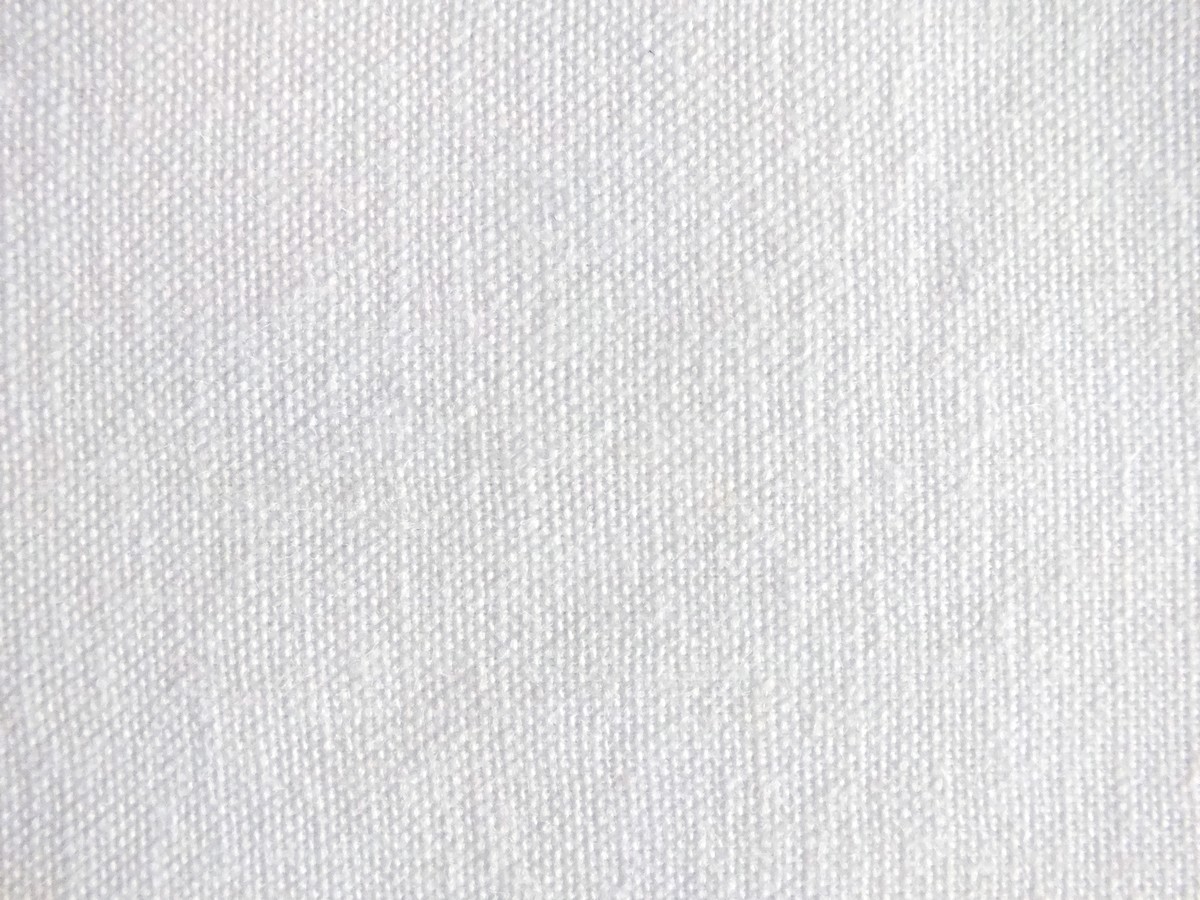Intelligent Strategies In Textile Testing Laboratory
Rapid Methods Of Clarified

 But the city of St Gallen rose to significance with the invention of embroidery machines in the early 19th century. At its peak time, more than half of the lace production worldwide came from the city. Etching embroidery was born in the Swiss town, when Charles Wetter invented the technique. He took silk as ground material for the embroidery and used cotton thread to produce patterns and motifs. By burning out the silk part with caustic soda, the embroidery part remained as chemical lace. Apart from etching, the exhibition also reveals other typical lace techniques, including a running stitch and chain stitch. A book from 1900 reveals how lace makers drew inspirations from different cultures and regions. One of the embroidery pieces from the St Gallen collection is found with the Chinese character xiang (香) stitched on it. In the “beauty of the mechanics” section, laces made by machines are juxtaposed with illustrations showing the evolution of technology, from hand-operated machines to the latest 3D printing.
But the city of St Gallen rose to significance with the invention of embroidery machines in the early 19th century. At its peak time, more than half of the lace production worldwide came from the city. Etching embroidery was born in the Swiss town, when Charles Wetter invented the technique. He took silk as ground material for the embroidery and used cotton thread to produce patterns and motifs. By burning out the silk part with caustic soda, the embroidery part remained as chemical lace. Apart from etching, the exhibition also reveals other typical lace techniques, including a running stitch and chain stitch. A book from 1900 reveals how lace makers drew inspirations from different cultures and regions. One of the embroidery pieces from the St Gallen collection is found with the Chinese character xiang (香) stitched on it. In the “beauty of the mechanics” section, laces made by machines are juxtaposed with illustrations showing the evolution of technology, from hand-operated machines to the latest 3D printing.
For the original version including any supplementary images or video, visit https://www.shine.cn/feature/art-culture/1806196790/

Comments
Post a Comment